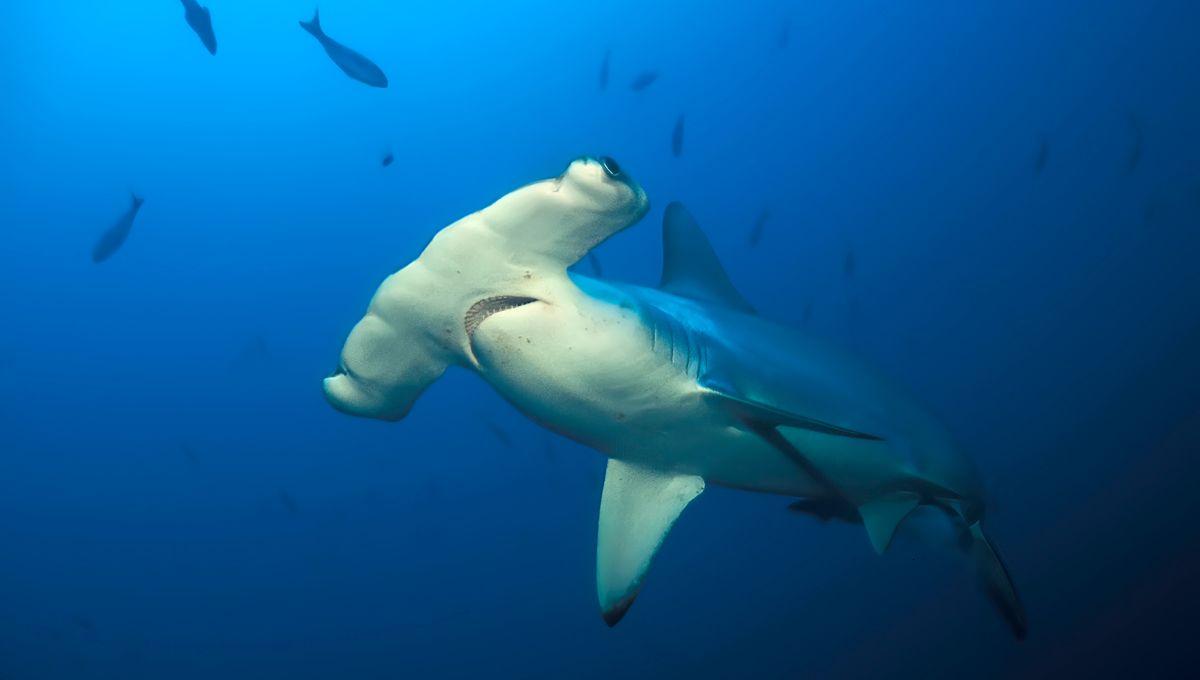Hammerhead sharks look like a fish that’s had its face flattened by a cartoon mallet and decided to just roll with it. They’re freaks of nature, haters might say, but these marine marvels are actually masters of adaptation, equipped with bizarre yet brilliant features that make them some of the ocean’s most efficient predators.
The rest of this article is behind a paywall. Please sign in or subscribe to access the full content. Hammerhead sharks are a group of sharks (Sphyrnidae) comprised of numerous species that come in all shapes and sizes. The largest species, the great hammerhead, has an average length of 4 meters (13.1 feet), while the smallest, the bonnethead shark, reaches 1.5 meters (5 feet). Despite their varying sizes, all of the species are defined by their relatively small mouth and, of course, their elongated hammer-like heads. Their hammer-shaped heads are known to give the sharks several advantages. First of all, it provides them with an extremely wide range of vision, perfectly suited for hunting squid and stingrays in open waters. A study in 2009 found that two species of hammerhead sharks — the winghead shark and the scalloped hammerhead — had binocular fields of vision of 48 degrees and 34 degrees, respectively. This was significantly wider than their narrow-faced cousins — like lemon sharks and blacknose sharks — whose fields of vision were only about 15 degrees. It's easy to imagine how this wider visual range could give them the edge when it comes to hunting, evasion, and survival in the danger-ridden ocean. Many hammerhead shark species are threatened with extinction. Image credit: wildestanimal/Shutterstock.com Electroreception might also have something to do with the shark's peculiarly shaped skull. Many fish, including sharks, possess an organ called the ampullae of Lorenzini, a network of jelly-filled sensory pores that detect faint electrical fields generated by prey and potential enemies. These organs are typically concentrated in the snout and around the eyes, so a broadened, hammer-like head could allow for a wider distribution of sensors, improving the shark’s ability to pinpoint their hidden prey. Finally, the hammer shape may play a role in the sharks' agility. Research has shown that the hammerhead does not provide lift like wings on an airplane – in fact, it adds a lot of drag — but the unusual structure allows the sharks to make sharp, jerky turns. That burst of maneuverability can give them a split-second edge when ambushing prey. Hammerhead sharks might look strange, but they are not trailblazing pioneers with this head accessory. The hammerhead has evolved time and time again throughout the natural world, from hammerhead worms (Bipalium) to extinct creatures like Diploceraspis. It's a clear example of convergent evolution, which shows how similar ecological pressures can lead to remarkably similar adaptations, even in lineages of animals that are very distantly related. So while hammerheads may look like evolution’s inside joke, their finely tuned adaptations are nothing to be sniffed at. 





